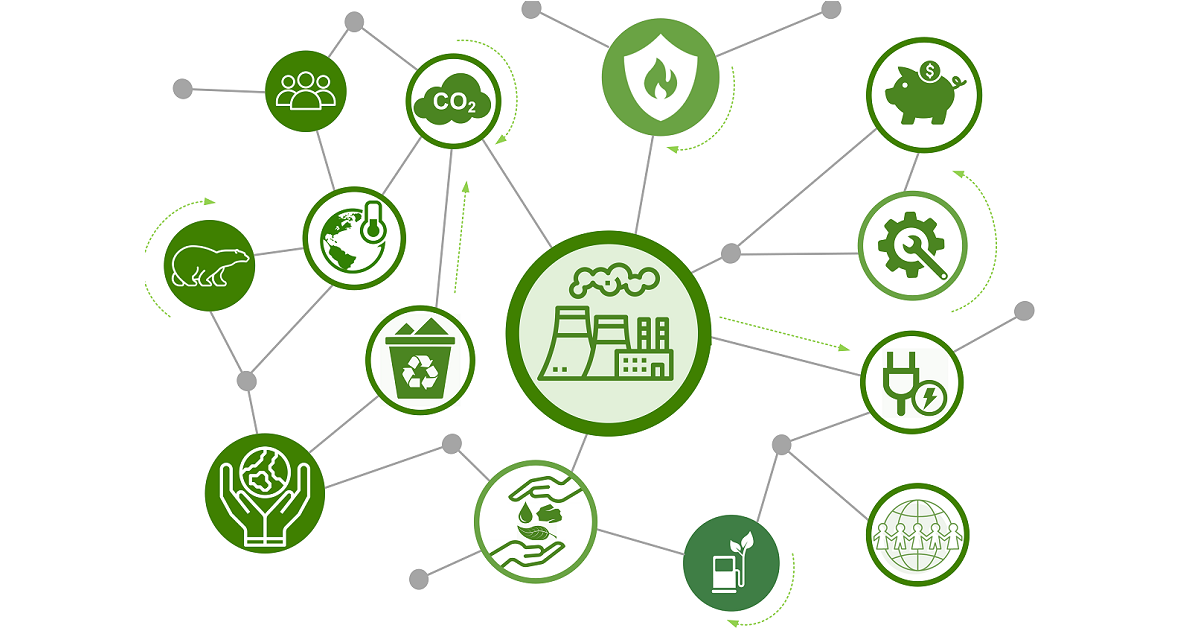Environmental Friendly Technologies in Power Engineering
A special issue of Applied Sciences (ISSN 2076-3417). This special issue belongs to the section "Energy Science and Technology".
Deadline for manuscript submissions: closed (30 May 2022) | Viewed by 46898

Special Issue Editor
Interests: fuels; combustion chemistry; waste to energy; thermal power engineering; environmental performance
Special Issues, Collections and Topics in MDPI journals
Special Issue Information
Dear Colleagues,
There are currently two main priorities in Power Engineering: 1) Developing and introducing new technologies involving renewable energy sources; 2) Modernizing widely used power generation technologies by enhancing the efficiency of industrial equipment and optimizing its operation conditions. Despite recent advancements in the development of alternative energy technologies, fossil fuels still dominate in the production of heat and electricity by steam boilers, steam and gas turbines, etc. in industrial-scale volumes. Thus, Power Engineering represents an extensive field for the elaboration and implementation of solutions aimed at improving the technological, environmental, and economic performance of technological cycles. In recent years, environmental and energy security issues have become especially important. Therefore, it is vital nowadays that we take care of nature. In the coming decades, scientific teams in different countries will face a challenge of developing sustainable and safe technologies for using fuels in the energy sector.
In this special issue, we will try to provide readers with the results of applied and fundamental research and reviews in the field of environmentally friendly technologies in Power Engineering for the reduction of anthropogenic emissions. We are pleased to invite researchers to contribute to the creation of a special issue dedicated to various aspects of sustainable use of fossil fuels, biomass, waste-derived fuels, and alternative energy sources.
Dr. Dmitrii O. Glushkov
Manuscript Submission Information
Manuscripts should be submitted online at www.mdpi.com by registering and logging in to this website. Once you are registered, click here to go to the submission form. Manuscripts can be submitted until the deadline. All submissions that pass pre-check are peer-reviewed. Accepted papers will be published continuously in the journal (as soon as accepted) and will be listed together on the special issue website. Research articles, review articles as well as short communications are invited. For planned papers, a title and short abstract (about 250 words) can be sent to the Editorial Office for assessment.
Submitted manuscripts should not have been published previously, nor be under consideration for publication elsewhere (except conference proceedings papers). All manuscripts are thoroughly refereed through a single-blind peer-review process. A guide for authors and other relevant information for submission of manuscripts is available on the Instructions for Authors page. Applied Sciences is an international peer-reviewed open access semimonthly journal published by MDPI.
Please visit the Instructions for Authors page before submitting a manuscript. The Article Processing Charge (APC) for publication in this open access journal is 2400 CHF (Swiss Francs). Submitted papers should be well formatted and use good English. Authors may use MDPI's English editing service prior to publication or during author revisions.
Keywords
- Thermal power engineering
- Steam boilers
- Steam turbines
- Gas turbines
- Green technologies
- Operating mode optimization
- Thermal power plant modernization
- Fossil fuels
- Waste-derived fuels
- Coal-water slurry
- Properties of fossil fuels, combustible wastes and biomass
- New technologies of fuel combustion
- Gas emissions
- Reduction of green-house gases
- Numerical simulation
Benefits of Publishing in a Special Issue
- Ease of navigation: Grouping papers by topic helps scholars navigate broad scope journals more efficiently.
- Greater discoverability: Special Issues support the reach and impact of scientific research. Articles in Special Issues are more discoverable and cited more frequently.
- Expansion of research network: Special Issues facilitate connections among authors, fostering scientific collaborations.
- External promotion: Articles in Special Issues are often promoted through the journal's social media, increasing their visibility.
- Reprint: MDPI Books provides the opportunity to republish successful Special Issues in book format, both online and in print.
Further information on MDPI's Special Issue policies can be found here.





